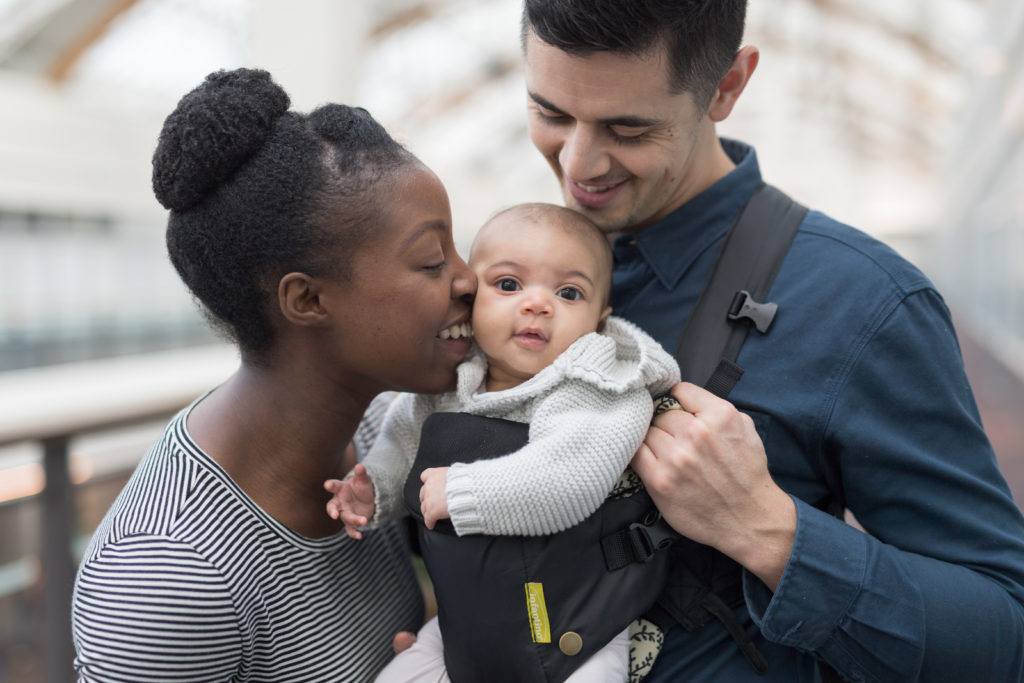
When an infant’s foot is turned inward, usually so severely that the bottom of their foot faces sideways or upward, it is often referred to as clubfoot.

When an infant’s foot is turned inward, usually so severely that the bottom of their foot faces sideways or upward, it is often referred to as clubfoot.
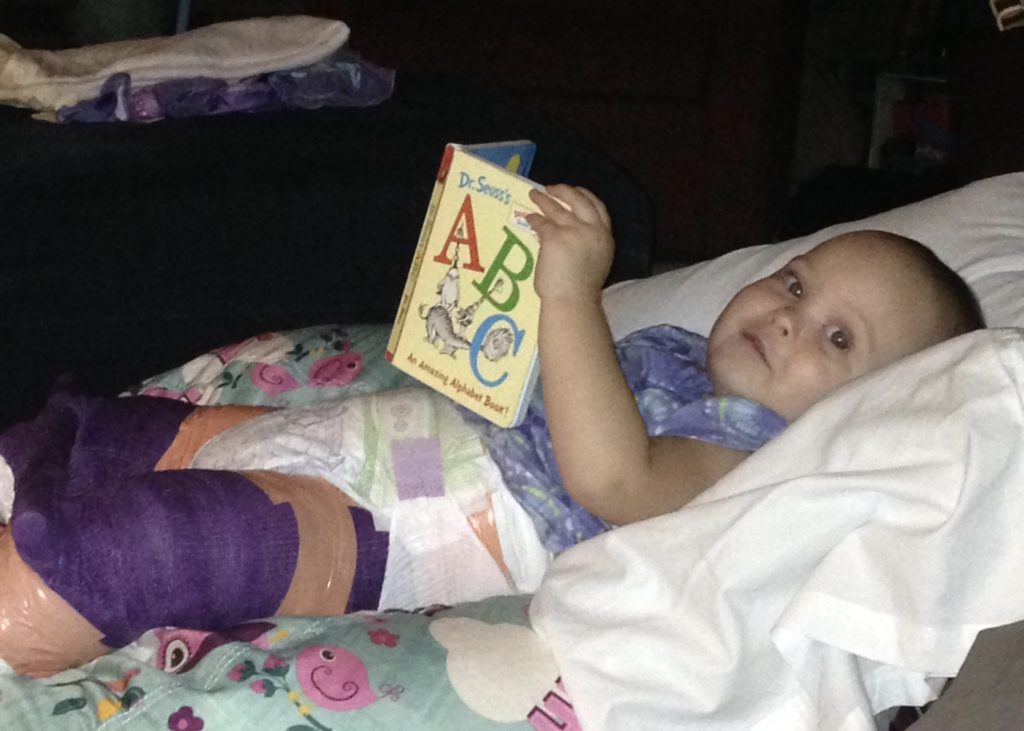
After Nora’s parents began worrying when she didn’t start walking they brought her to OrthoIndy where she was diagnosed with hip dysplasia and would need surgery.
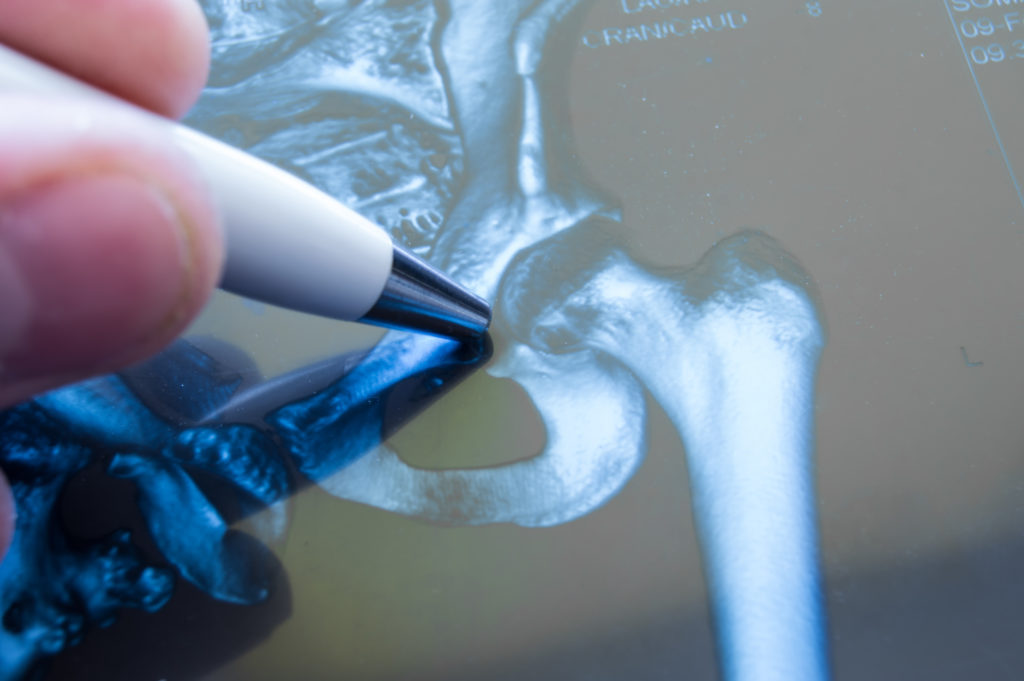
Slipped capital femoral epiphysis occurs when the ball at the head of the thigh bone slips off the bone’s neck. Commonly, this hip condition occurs in teens.

When a child with bowed legs stands with their feet together, there is a noticeable space between their lower legs and knees. Learn how bow legs are diagnosed and corrected.
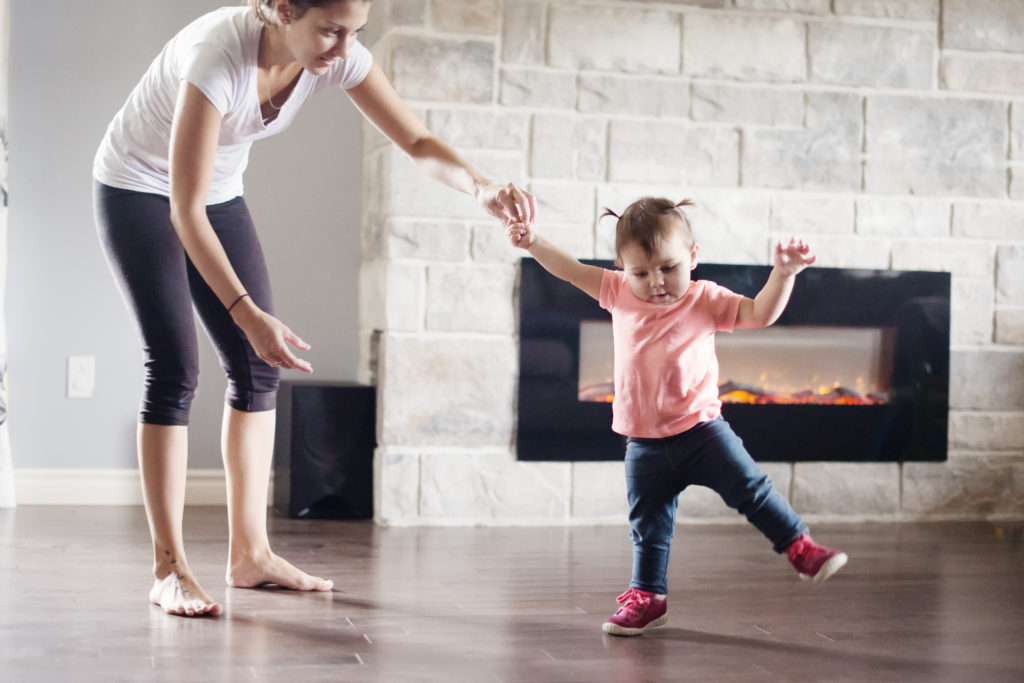
Rickets is a condition that causes weak or soft bones in children. Learn what causes rickets and how it can be corrected or prevented.
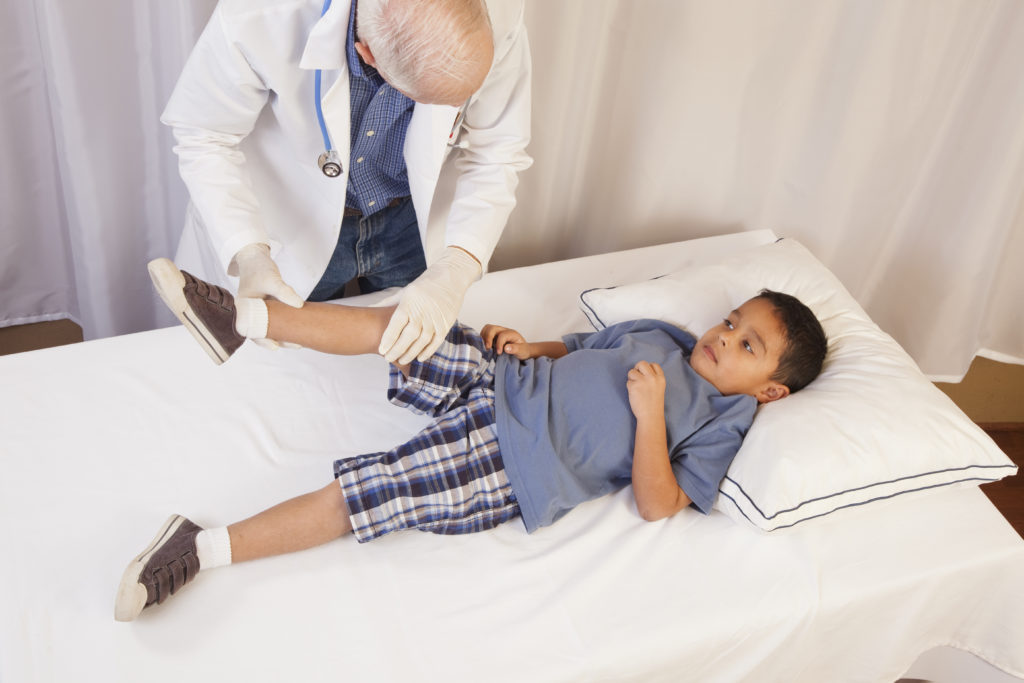
Primarily developing in children, a unicameral bone cysts, also called a simple bone cyst, is a common, noncancerous (benign) bone tumor. Learn how they are treated.
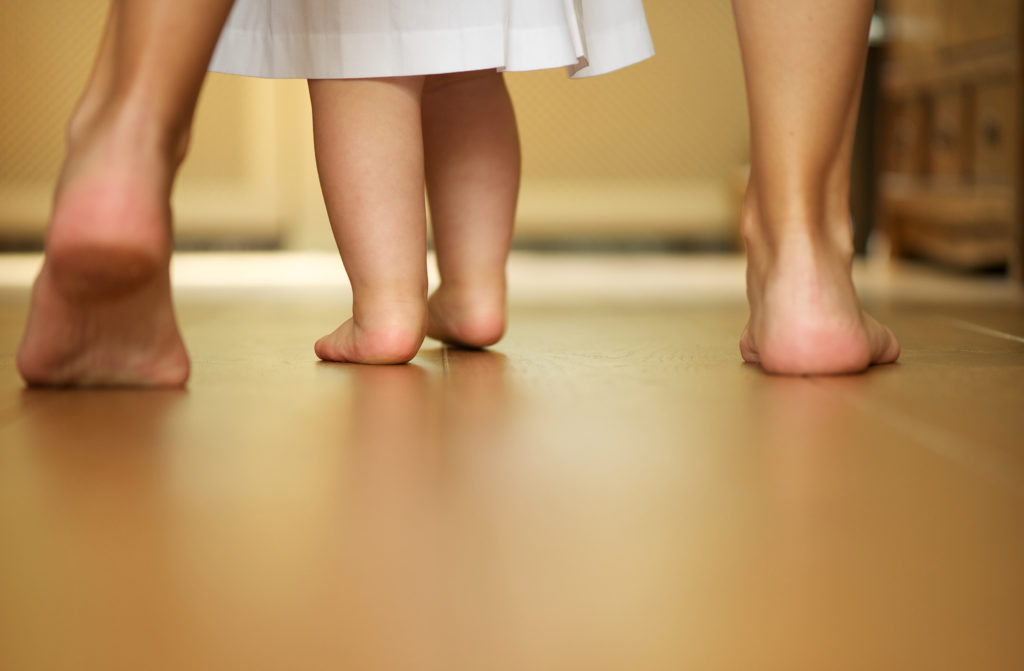
Neurofibromatosis affects the growth and development of nerve cell tissues, which can cause tumors to grow on nerves. Learn how neurofibromatosis in children is treated.
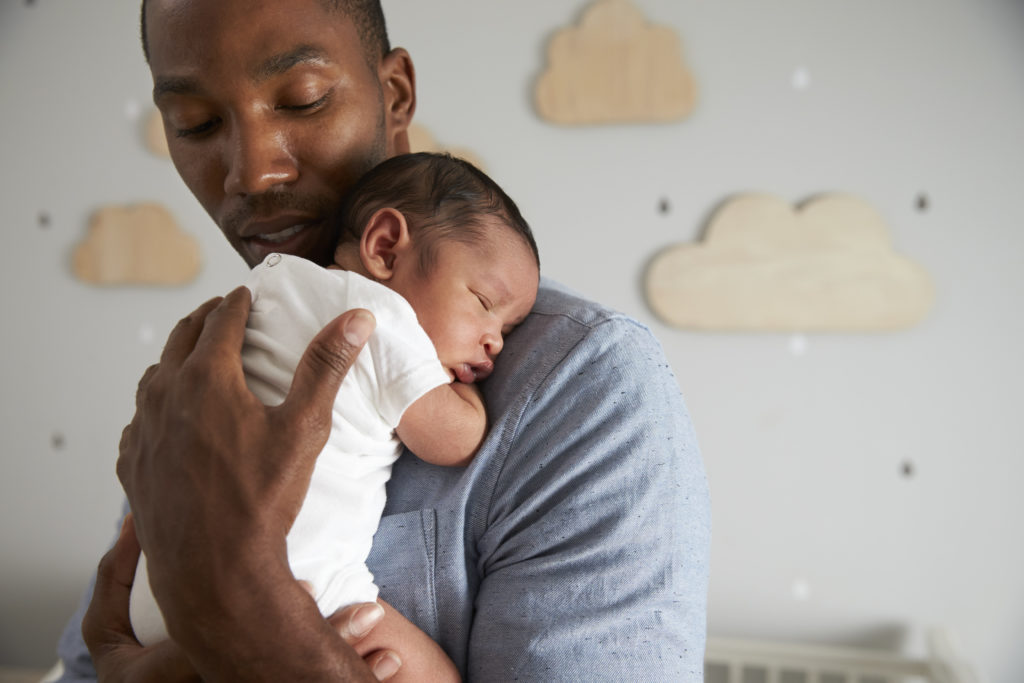
Most commonly, Erb’s palsy is caused when an infant’s neck is stretched to the side during a difficult delivery. Learn about the symptoms of Erb’s palsy and how it’s diagnosed.
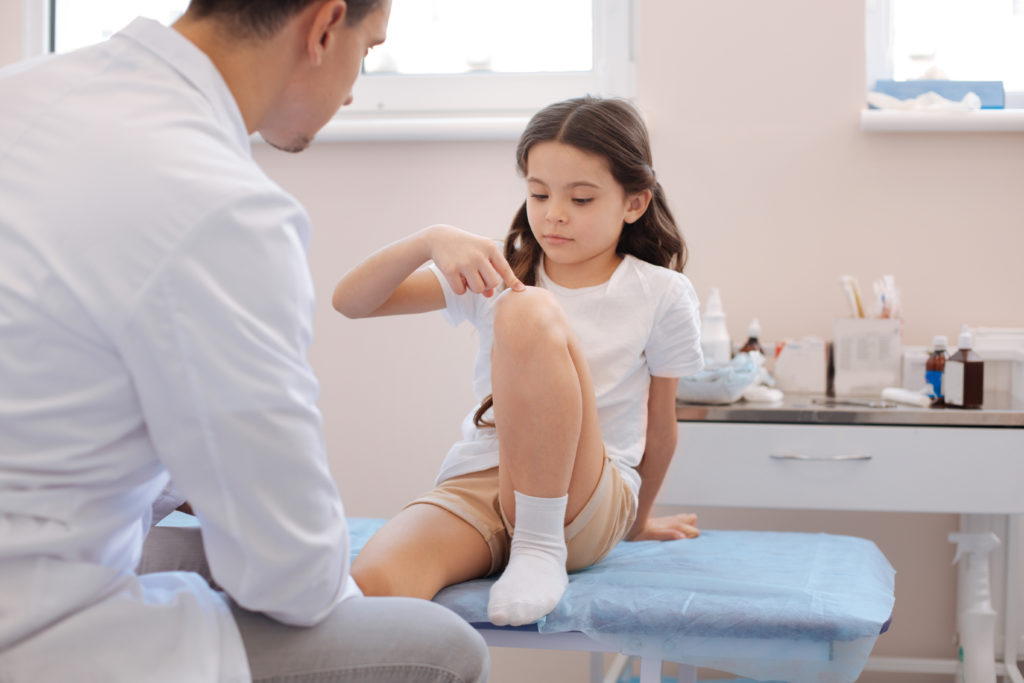
What are the symptoms of juvenile arthritis and can juvenile arthritis go away? Learn this and more including how it’s diagnosed and treated.
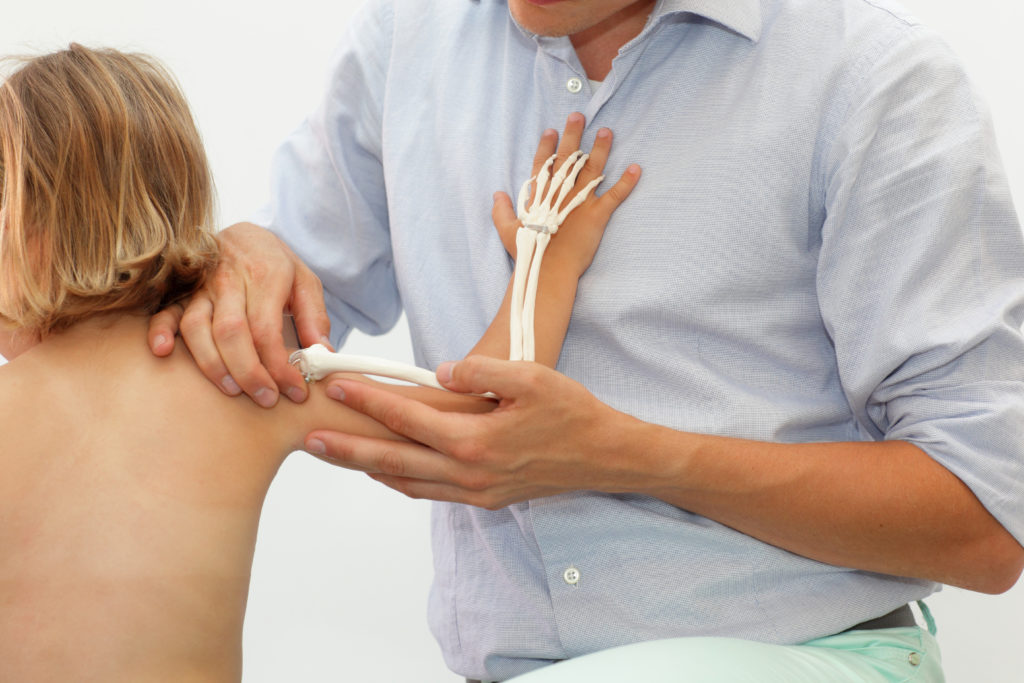
A difference between the lengths of the arms or legs is referred to as limb length discrepancy. Treatment depends on the length of the discrepancy, the child’s age and the cause.

Muscular dystrophy causes muscle weakness and loss. Learn about the first signs of muscular dystrophy, the treatment options and types.
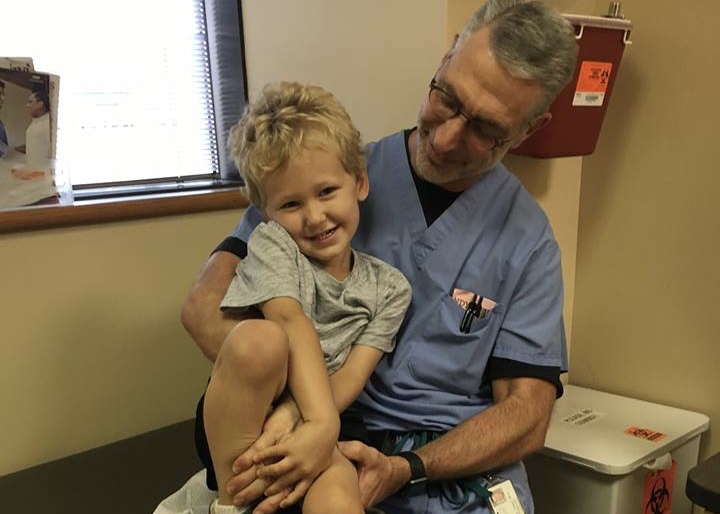
After Kelden fell off a riding lawnmower and was swept under with his foot, his parents desperately searched for an alternative to amputation.
Get stories and News in your inbox